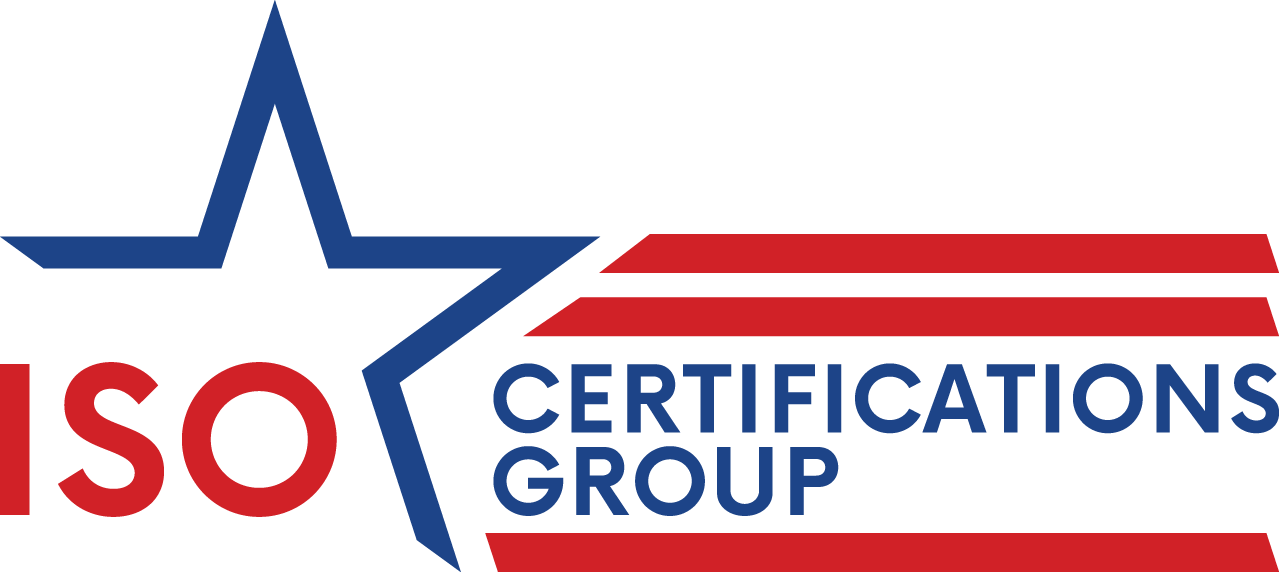Performance evaluation is a critical component of ISO 45001, ensuring that your Occupational Health and Safety Management System is efficient and continually improving. To get the most benefits out of ISO 45001 certification, your organization must better understand the methods to evaluating OH&S performance. Let’s take a deeper look into evaluation methods and how they can improve your business:
Evaluating Performance
- 1. Measurements and Analysis
- Key Performance Indicators (KPIs): Establish and monitor KPIs to track the effectiveness of your OH&S management system. This could include the number of workplace incidents, the number of registered nonconformities, the number of audits performed, and more. Measuring these KPIs according to industry benchmarks will allow you to confirm whether your management system is up to standard or improving.
- Employee Feedback: Collecting and evaluating employee feedback allows management to properly gauge workplace safety and the overall perception of your OH&S management system. Depending on how you build your employee evaluation form, you’ll be able to measure topics such as safety concerns, workplace suggestions, process risks, and more.
- Workplace Inspections: Having a manager, employee, or team in charge of inspecting workplaces can have a major impact on your OH&S management system’s success. Inspections will help identify hazards, and you can assess your workplace’s compliance with specified safety procedures. Evaluate safety equipment, processes, and employee safety culture.
2. Conducting Internal Audits
- Preparing for an Audit: Before beginning an internal audit, you’ll need to set a plan first. It’s important to establish a scope, objectives, and criteria for this audit. Determine which processes or departments will be audited, and base your criteria on ISO 45001 requirements.
- Conducting an Audit: Who will be in charge of the internal audit? If you have a certified internal auditing team within your organization, ensure that they can perform this audit objectively and efficiently without obstructing their work. Otherwise, seek an impartial third-party internal auditing team to carry out this audit.
- After the Audit: Once the audit has been carried out and findings have been documented, address these findings and develop corrective actions in response. Be sure to document these findings safely and efficiently, especially as you assign corrective actions to employees or teams to carry out.
Major Takeaways
The most important point of evaluating the performance of your Occupational Health & Safety Management System is for it to facilitate continuous improvement. Effectively using the results of evaluations will drive the improvement and efficiency of your management system and overall business. Ideally, after your performance evaluations, you’ll be able to identify opportunities for enhanced safety practices and identify major risks or hazards that need to be addressed.
By systematically applying these evaluation methods, your organization can ensure that your ISO 45001 OH&S Management System is not only continually improving and effective, but meets requirements for compliance.
Are you interested in implementing an ISO 45001 Occupational Health and Safety Management System in your organization? Contact us today for your ISO Certification needs!
Alternatively, is your organization seeking a third-party internal auditing team for your management systems? Consider reaching out to The ISO 9001 Group for audits and consultation.

